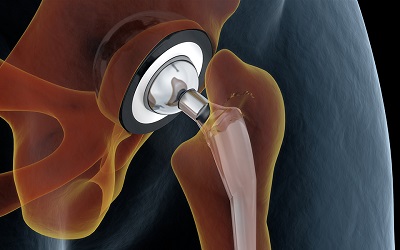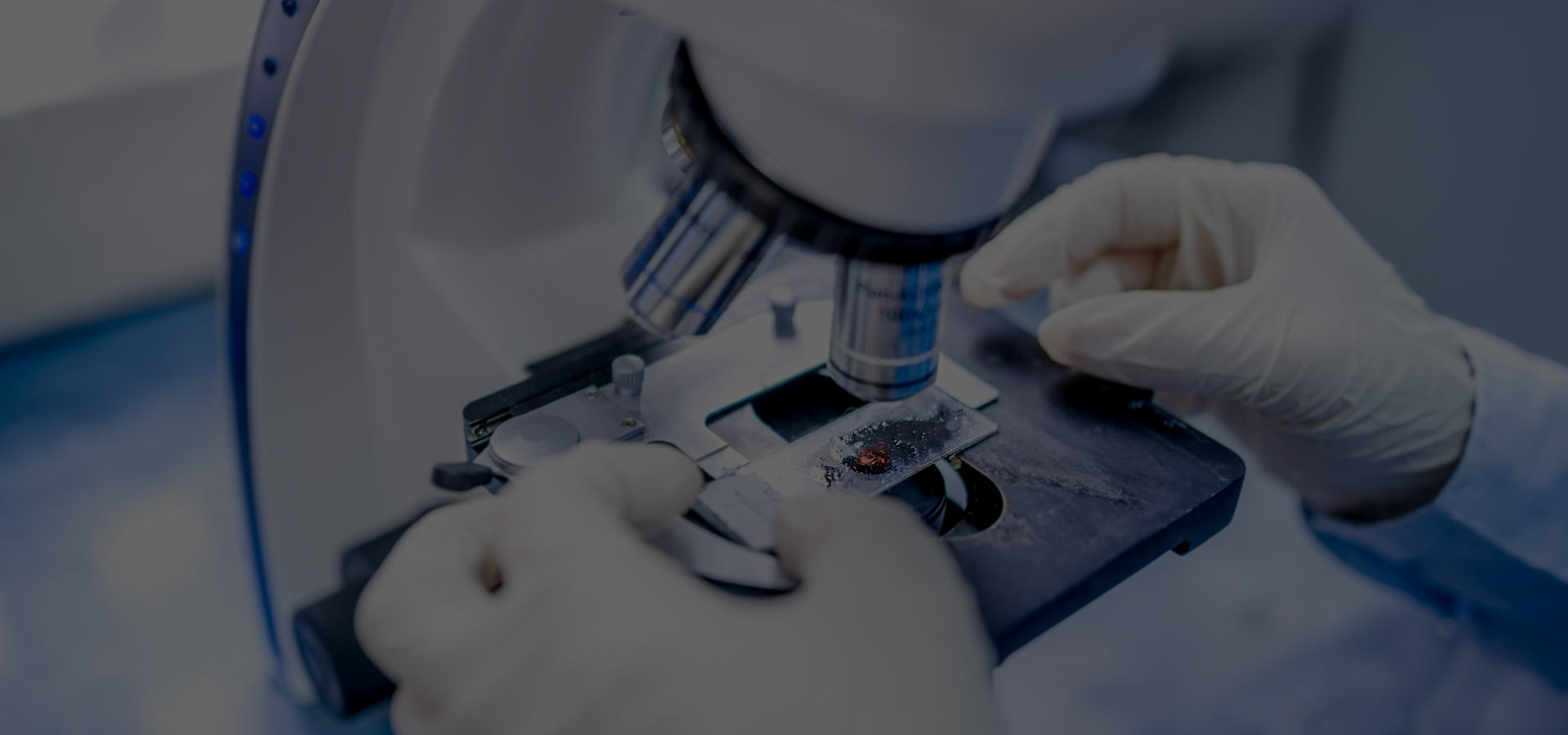
Hip & Knee Joint Presevation Surgery
Joint preservation of the hip and knee is an innovative way to help relieve joint problems as naturally as possible. There are many joint preservation procedures available to treat common joint problems like hip dysplasia and early osteoarthritis, without requiring full replacement. The right treatment and surgery to preserve your hip and knee joints is based on a number of important factors, including your age, present health, health history, the extent and location of the injury and your history with other medications and treatments.
Types of joint preservation
Nonsurgical treatment
In some instances, joint preservation of the hip and knee can be achieved without surgery. When the joints are stable enough to recover on their own without the risk of displacement, they can be rested for a certain period of time, allowing them to heal naturally. Braces may be used to support the knee joint. Crutches or a cane may also be used to help unload an affected joint as it heals.
Surgery
In many cases, joint preservation of the hip and knee requires surgery. The aim to rpair or reconstruct the damaged joint surface which may be due to fracture in the joint, torn ligaments which provide stability to the joint or due to the process of Arthritis that may disrupt the proper of function of joint and make it painful. Few of the joint preservation tech are listed below:
- Internal fixation (IF)—A procedure that uses metal plates, screws or pins to stabilize displaced bones so they can heal correctly.
- Arthroscopic—A procedure in which a scope is inserted through a small incision to see inside the joint. Using this guidance, the doctor is able to clear out or repair meniscus, reconstruct ligaments, allowing the joint to heal properly.
- Osteotomy—A procedure to realign the bones by strategically unloading the damaged or arthritic portion of the involved joint and placing the weight-bearing forces on the normal joint cartilage. This allows the joint to endure less stress, thereby reducing the symptoms of dysplasia or osteoarthritis.
- Resurfacing—Instead of replacing the entire joint, a doctor will use metal caps to resurface the joints in the ball and socket areas. This is done primarily in hips. It has been proven effective because of its ability to reduce stress and friction on the joint muscles, reducing the symptoms of painful joint diseases.
- UKR or Partial Knee replacement—This is similar to resurfacing but instead requires implants only in the damage part of the joint. These implants have been proven to be very successful at reducing pain and are used to help preserve the uninvolved or normal parts of the joint. This creates a functional joint without requiring a total replacement.

